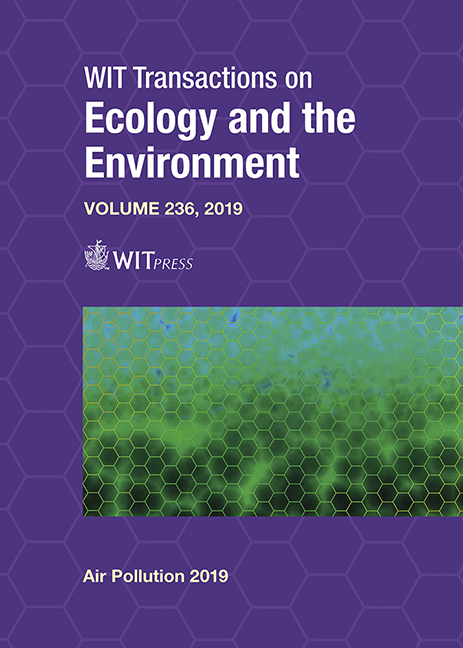LONG-TERM TRENDS OF TROPOSPHERIC OZONE IN THE CZECH REPUBLIC, 1993–2018
Price
Free (open access)
Transaction
Volume
236
Pages
11
Page Range
21 - 31
Published
2019
Size
613 kb
Paper DOI
10.2495/AIR190031
Copyright
WIT Press
Author(s)
MILAN VANA, JAROSLAV PEKAREK
Abstract
The regular measurement of tropospheric ozone in the Czech Republic began within the National Air Pollution Monitoring Network operated by the Czech Hydrometeorological Institute in 1993. The longterm trend study is based on the data from the stations with the longest homogeneous data series: Košetice (EMEP, GAW, and ACTRIS) and Svratouch (EMEP), Praha-Libuš (suburban area of the capital Prague) and Churáòov (mountain site). Non-parametric Mann–Kendall method was used for trend evaluation. Slightly decreasing trends in mean annual concentrations were found at mountain and background level in the whole period as well as in the first part (1993–2005). After 2006 no trend was found. The warm period (April–September) displays similar patterns as the whole year at regional and mountain level. In contrast, no trend was found in the whole period at EMEP stations and slightly decreasing tendency at mountain stations in the cold period. The suburban level is characterized by a slightly increasing trend. The difference between mean annual concentrations at regional and suburban stations was smaller in last years. The annual variation is characterized by maxima at the end of spring. According to the current EU air quality legislation, the target value for protection of human health is exceeded when the 8-hour running mean is higher than 120 μg.m-3 25 times on average for 3 years. The limit was exceeded at all stations during the period 1993–2005, but at the same time significant drop of high ozone episodes was found. After 2006, the 3-year mean fluctuated around the target limit at all stations. Assessment of the ozone impacts on ecosystems using the AOT40 index suggests that the critical level was exceeded for long periods, not only in the regional areas but almost over the whole of the Czech Republic. In the last decade, the values varied round the requested limit.
Keywords
tropospheric ozone, long-term trends, critical levels, background scale, Czech Republic





